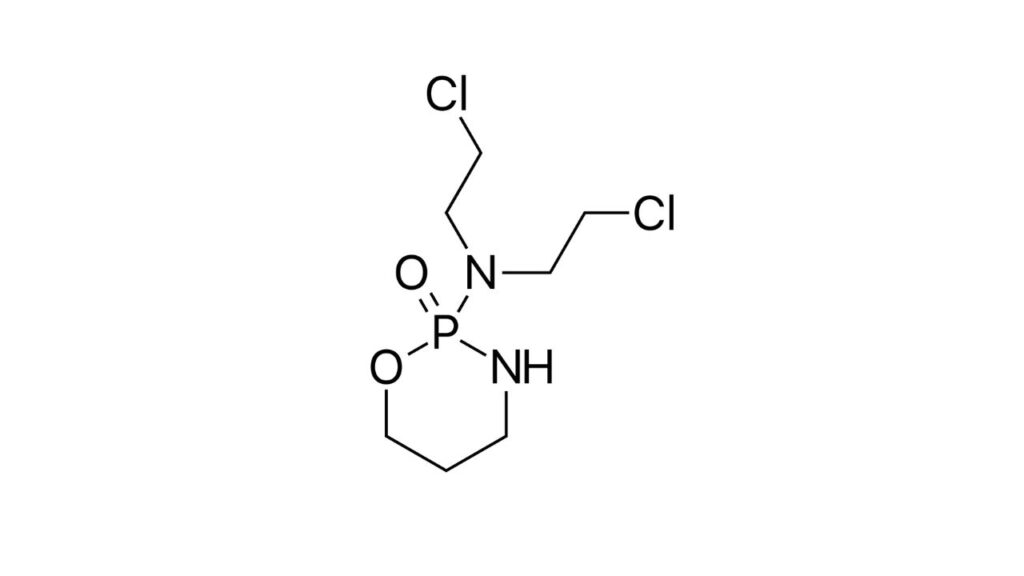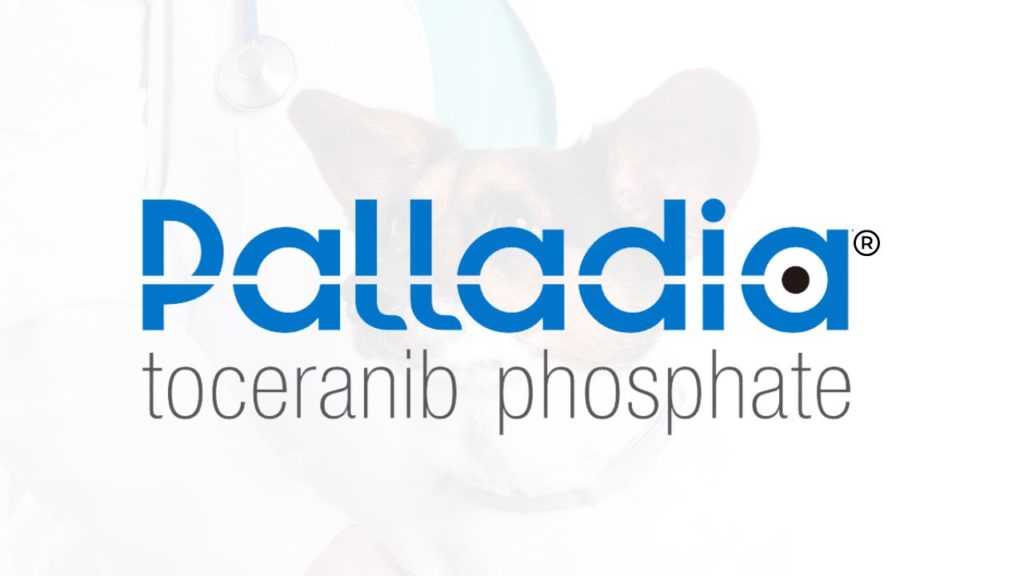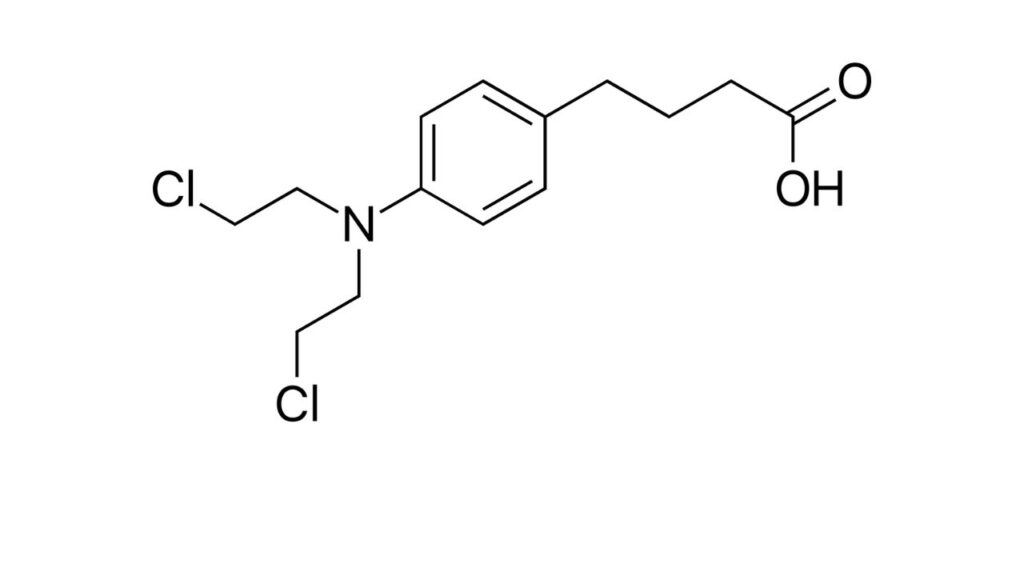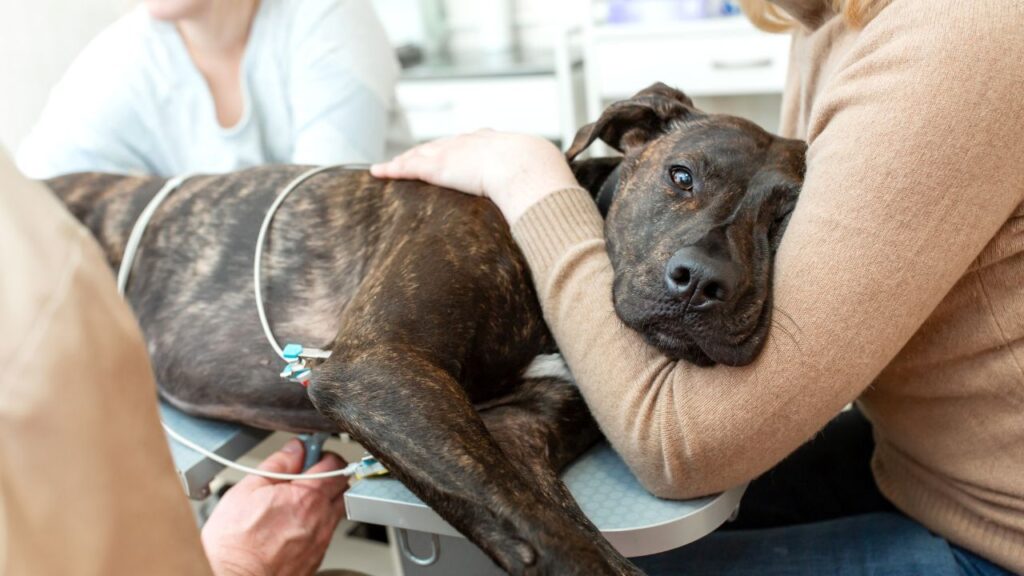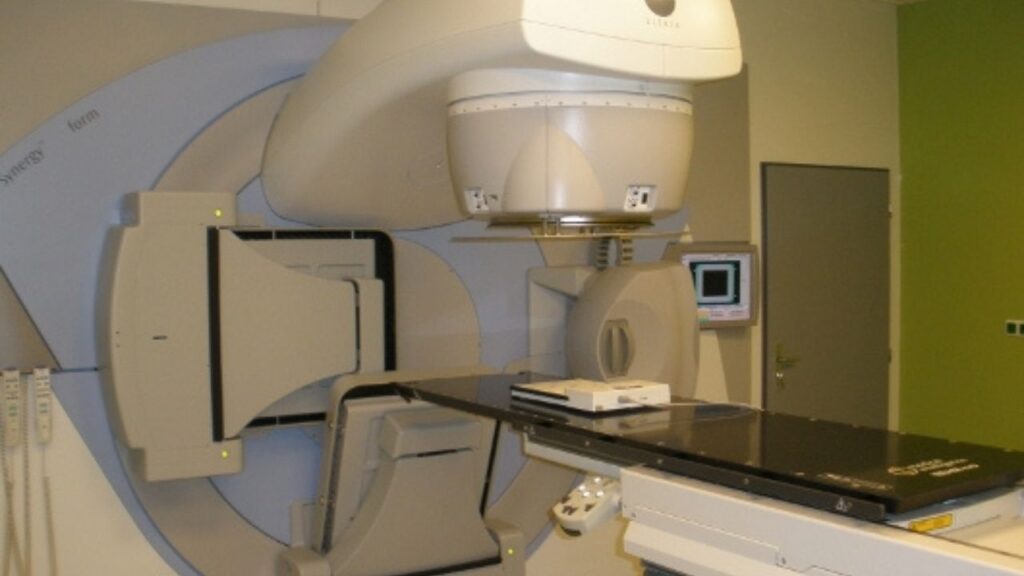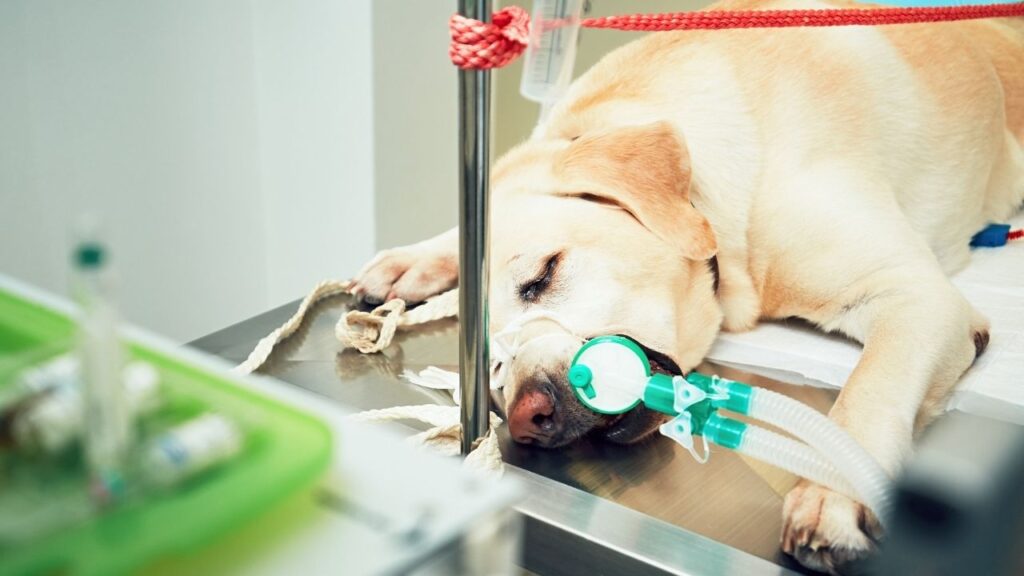Metronomic chemotherapy is when anticancer drugs are given at a low dose on a regular schedule, often over a longer time period. There are several advantages over conventional chemotherapy. Metronomic chemo has increased tolerability – thus a reduced need for supportive medications – and is generally less expensive. It offers increased convenience to dog lovers and less stress for dogs as there are fewer vet visits.
Key Takeaways
- Metronomic chemotherapy for dogs is giving low doses of chemo drugs on a regular basis for an extended period of time.
- Metronomic chemotherapy works for some cancers.
- Metronomic chemotherapy for dogs generally costs $100-$600 a month, but exact amounts will vary.
- Side effects of metronomic chemotherapy vary depending on the drug being used, but often include diarrhea, vomiting, and poor appetite.
What Happens in Metronomic Chemotherapy
Metronomic chemotherapy is when low doses of chemo drugs are given regularly long term. Metronomic chemotherapy may also be referred to as low-dose continuous chemotherapy or antiangiogenic chemotherapy.2
Lower Doses More Frequently
In metronomic chemo, lower doses with less toxicity are given more frequently than in traditional chemotherapy without an extended drug-free interval.1
For example, traditional chemotherapy may involve a higher drug dose given once a week for three weeks and then taking six weeks off, while metronomic chemotherapy would give a lower dose every other day long term.
Often the drug will be given orally so you can give the medication at home.2
Each protocol will vary based on your veterinarian’s recommendation and the type of cancer being treated.
If your dog’s cancer is eligible for a metronomic approach, it may save you money, veterinary visits, and stress.
Common Examples of Drugs Used Metronomically
The most common metronomic chemotherapy protocols in veterinary medicine use cyclophosphamide, piroxicam, lomustine, chlorambucil, and, more recently, toceranib (Palladia).
Cyclophosphamide
Cyclophosphamide, alone or in conjunction with piroxicam, has been used to treat soft tissue sarcomas with incomplete surgical resection, and other cancer types.18
Cyclophosphamide is unique in that it is dosed based on the dog’s body surface area (meters squared or m2) instead of by weight.
There is great variability among metronomic protocols described for dogs: 7 to 25 mg/m2, once daily to every other day.
Daily dosages above 12.5 mg/m2 have both immunomodulatory and anti-angiogenic effects to help fight cancer.2,5,18
Piroxicam
Piroxicam alone is often used daily to treat transitional cell carcinoma in dogs. The dose is generally 0.3 mg/kg daily.19
Chlorambucil
Chlorambucil has also been used in canine patients with generally good tolerance for a variety of types of cancer. Dosing is usually 0.2 mg/kg, once daily.1
Lomustine (CCNU)
Lomustine is also used for a variety of cancers in dogs. Dosing is generally 2.8 mg/m2, once daily.1
Palladia
Palladia is an FDA-approved newer treatment for treating canine mast cell tumors. The use of tyrosine kinase inhibitors such as Palladia in metronomic chemotherapy shows promising results and may be recommended for various other cancers, as well.6,7
When Metronomic Chemotherapy for Dogs Is Recommended
Metronomic chemotherapy may be indicated for palliative care (helping, not trying to cure) or as a first-line treatment, depending on the cancer type.
It can also be used as maintenance therapy after traditional chemotherapy.
First-Line Treatment
First-line treatment may be recommended for patients diagnosed with advanced and/or incurable cancer types where a traditional chemotherapeutic approach is limited due to a high risk of toxicity to the dog.
In some cases, metronomic chemotherapy may be equally effective and is chosen due to the lower risk of side effects.
Palliative Treatment
Palliative treatment is intended to prevent tumor angiogenesis (spread of cancer blood vessels).
The goal is not to cure cancer or reach remission but to curb growth and extend life while maintaining the quality of life. It should have minimal toxicity and is often cost‐effective, not to mention convenient.5
Maintenance Therapy
Maintenance therapy is used to keep the cancer from recurring or growing after a more intense protocol has had a greater effect on the cancer.
Traditional chemotherapy often uses a second round of high-dose drugs when cancer recurs. Veterinarians sometimes now offer metronomic chemotherapy for recurrences, instead. They hope to get a better quality of life than what typically happens in high-dose protocols.1
Dr. Ettinger and Dr. Dressler define metronomic chemotherapy and how it is useful as a chemotherapeutic treatment for dog cancer in this episode of Dog Cancer Answers.
How Metronomic Chemotherapy for Dogs Works
Cancer can adapt and respond to treatment, becoming resistant to drugs over time. Metronomic chemotherapy was initially designed to overcome the development of resistance to chemotherapeutic agents.
Happily, additional mechanisms of action have been uncovered over the past two decades:8
- Antiangiogenic effects keep the cancer from growing by selectively reducing the growth of new blood vessels around it, limiting its ability to increase in size and/or metastasize.
- Immune modulatory effects can improve the immune system’s ability to fight off the cancer.
- Metronomic chemotherapy can induce tumor dormancy, meaning the cancer cells become less active. This could reduce cancer growth/spread.1
Dog Cancers Metronomic Chemo May Help
Metronomic chemotherapy can be used for many different cancer types but has often been used for:5
- transitional cell carcinoma of the urinary bladder
- nasal tumors
- soft tissue sarcomas
- metastatic cancers
How to Get the Best Results from Metronomic Chemo Protocols
Your veterinary oncologist will give specific instructions for the exact medication or protocol that your dog is receiving. Here are some general guidelines:
- The clinician should have a definitive diagnosis of cancer type and choose the appropriate evidence-based chemotherapy protocol.
- The patient should undergo the appropriate staging tests (thoracic radiographs, abdominal ultrasound, complete blood count, biochemical profile, bone marrow aspirate, etc.) as indicated by the tumor type. Staging allows the clinician to evaluate the amount of disease present in a patient and guides treatment decisions.
- The patient should be stabilized as much as possible before treatment with a chemotherapeutic agent. Abnormalities in hydration, electrolyte balance, kidney function, liver function, and anemia should be corrected if possible.
- The owner should be aware of the proposed treatment’s cost, schedule, and potential toxicities. The owner must be committed to the protocol for treatment to be successful.
- Other treatment options, if there are any, should be explored and discussed with your veterinarian.10
- All oncology patients should have their nutritional status assessed and monitored starting at diagnosis. The dog’s diet may need to be adjusted to accommodate the unique nutritional needs of the individual dog, the specific cancer diagnosed, and any other diseases that the dog may also have (such as pancreatitis or kidney disease).3 Ensuring that all nutritional needs are met will help to support the dog’s overall health and prevent weight loss.
- A full inventory of supplements and medications that the patient is on should be verified to check for possible interactions with any chemotherapeutic drugs.11 This includes alternative remedies such as homeopathy, as the interaction between cytotoxic drugs and most homeopathic remedies is unknown.4
Home Care
The side effects of the chosen drug used in metronomic chemotherapy should be discussed with you by your veterinarian to prepare you for symptomatic treatment at home.
For example, if gastrointestinal signs such as vomiting or diarrhea are to be expected, it would be best to have the needed medications on hand (anti-nausea, anti-diarrhea drugs) to treat the signs promptly.8
Your general practice vet may be able to do your dog’s chemotherapy! This can save travel time and money. Learn more in this episode of Dog Cancer Answers.
Follow Up to Metronomic Chemo Protocols
Frequent follow-ups should be expected when using chemotherapy.
Expect blood tests to monitor your dog for internal side effects such as kidney function decline, elevated liver enzymes, or a low white blood cell count.
These tests may be more frequent in the beginning while your veterinarian gets a sense of how your dog handles the medications.
If using cyclophosphamide, frequent urinalysis of a voided sample should be expected as this drug has a risk of sterile hemorrhagic cystitis.3
Additional testing such as follow-up imaging (radiographs, ultrasounds, CT scans) may also be helpful to monitor the response of the cancer to treatment.
When to Not Use Metronomic Chemo
Some cancers do not respond to metronomic chemotherapy drugs, so it is important to consider the odds of success versus the potential for side effects.13
Because many drugs are metabolized and/or eliminated by the liver and kidneys, animals with pre-existing renal or hepatic disease may experience increased toxicity or decreased efficacy. Dosages may need to be adjusted in these patients.10
Where to Get Chemotherapy Drugs to Use at Home
Metronomic chemotherapy will be prescribed through a veterinary oncologist or general practice veterinarian with chemotherapeutic drugs experience. If your general practice veterinarian is prescribing metronomic protocols, it’s important to know that they may need to refer you to a specialist(s) at some point in the treatment process.3
Integrative Oncologist Dr. Trina Hazzah explains what could cause your dog’s appetite loss and nausea in this episode of Dog Cancer Answers.
Safety and Side Effects of Metronomic Chemotherapy in Dogs
Metronomic chemotherapy is usually well tolerated, but some side effects may occur:
- The most common side effect is gastrointestinal toxicities (diarrhea, vomiting, inappetence)
- Bone marrow suppression
- Alopecia (hair loss)15
- Chemotherapy resistance
- Sterile hemorrhagic cystitis, common in cyclophosphamide regimens (up to 32% of cases)1
- Hematological (blood) toxicities such as thrombocytopenia, neutropenia, and anemia
- Liver and kidney damage16
It is important to be aware that even in low doses chemotherapy drugs can be toxic. These drugs must be handled carefully.
- Chemotherapy pills (tablets and capsules) should be handled in a ventilated area or a respirator should be used to avoid inhalation of particles or aerosols3.
- Tablets should not be split or crushed and capsules should never be opened and divided. Suitable gloves should be worn while handling the drugs.4
- If the chosen drug is cyclophosphamide, it is important to administer it in the morning, encourage water intake, monitor urine production and, if necessary, concurrently administer diuretics.1
- Patients should be monitored with bloodwork at their oncologist to check for bone marrow suppression. Complete blood counts (CBC) and serum biochemistry are typically checked once monthly throughout the treatment protocol.
Cost of Metronomic Chemotherapy for Dogs
The cost of metronomic chemotherapy is low compared to conventional chemotherapy, but depending on the drug, the frequency, and the size of your dog, it can still be costly.1
Some estimations suggest that the drug can run between $100 and $600 per month, with additional follow-up testing and examinations added to that cost.17
- Gaspar TB, Henriques J, Marconato L, Queiroga FL. The use of low-dose metronomic chemotherapy in dogs-insight into a modern cancer field. Veterinary and comparative oncology. Mar 2018;16(1):2-11.
- Mutsaers AJ. Metronomic chemotherapy. Topics in companion animal medicine. Aug 2009;24(3):137-143.
- Biller B, Berg J, Garrett L, et al. 2016 AAHA Oncology Guidelines for Dogs and Cats. Journal of the American Animal Hospital Association. Jul-Aug 2016;52(4):181-204.
- Hayes A. Safe use of anticancer chemotherapy in small animal practice. In Practice. 2005;27(3):118-127.
- DiBernardi L. Approach to the Cancer Patient. Clinical Small Animal Internal Medicine2020:1197-1204.
- Shin H-R, Kim J-S, Kim S-M, Song K-H, Seo K-W. Metronomic Chemotherapy with Toceranib Phosphate for Treatment of a Chemodectoma in a Dog. J Vet Clin. 2017;34(1):43-46.
- Biller B. Metronomic chemotherapy in veterinary patients with cancer: rethinking the targets and strategies of chemotherapy. The Veterinary clinics of North America. Small animal practice. Sep 2014;44(5):817-829.
- Milevoj N, Nemec A, Tozon N. Metronomic Chemotherapy for Palliative Treatment of Malignant Oral Tumors in Dogs. Frontiers in veterinary science. 2022;9:856399.
- Isacoff WH, Cooper B, Bartlett A, McCarthy B, Yu KH. ChemoSensitivity Assay Guided Metronomic Chemotherapy Is Safe and Effective for Treating Advanced Pancreatic Cancer. Cancers. Jun 13 2022;14(12).
- McKnight JA. Principles of chemotherapy. Clinical techniques in small animal practice. May 2003;18(2):67-72.
- Scripture CD, Figg WD. Drug interactions in cancer therapy. Nature reviews. Cancer. Jul 2006;6(7):546-558.
- Marchetti V, Giorgi M, Fioravanti A, et al. First-line metronomic chemotherapy in a metastatic model of spontaneous canine tumours: a pilot study. Investigational new drugs. Aug 2012;30(4):1725-1730.
- Stephens T. The Use of Chemotherapy to Prolong the Life of Dogs Suffering from Cancer: The Ethical Dilemma. Animals : an open access journal from MDPI. Jul 14 2019;9(7).
- Smith AN, Klahn S, Phillips B, et al. ACVIM small animal consensus statement on safe use of cytotoxic chemotherapeutics in veterinary practice. Journal of veterinary internal medicine. May 2018;32(3):904-913.
- Matsuyama A, Woods JP, Mutsaers AJ. Evaluation of toxicity of a chronic alternate day metronomic cyclophosphamide chemotherapy protocol in dogs with naturally occurring cancer. The Canadian veterinary journal = La revue veterinaire canadienne. Jan 2017;58(1):51-55.
- Tripp CD, Fidel J, Anderson CL, et al. Tolerability of metronomic administration of lomustine in dogs with cancer. Journal of veterinary internal medicine. Mar-Apr 2011;25(2):278-284.
- Wag (2021) Metronomic chemotherapy in dogs, Conditions Treated, Procedure, Efficacy, Recovery, Cost, Considerations, Prevention. Wag! Available at: https://wagwalking.com/treatment/metronomic-chemotherapy (Accessed: December 23, 2022).
- Elmslie RE, Glawe P, Dow SW. Metronomic therapy with cyclophosphamide and piroxicam effectively delays tumor recurrence in dogs with incompletely resected soft tissue sarcomas. J Vet Intern Med. 2008;22(6):1373-1379. doi:10.1111/j.1939-1676.2008.0179.x
- Sulma I. Mohammed, Peter F. Bennett, Bruce A. Craig, Nita W. Glickman, Anthony J. Mutsaers, Paul W. Snyder, William R. Widmer, Amalia E. DeGortari, Patty L. Bonney, Deborah W. Knapp; Effects of the Cyclooxygenase Inhibitor, Piroxicam, on Tumor Response, Apoptosis, and Angiogenesis in a Canine Model of Human Invasive Urinary Bladder Cancer1. Cancer Res 15 January 2002; 62 (2): 356–358.
Topics
Did You Find This Helpful? Share It with Your Pack!
Use the buttons to share what you learned on social media, download a PDF, print this out, or email it to your veterinarian.


